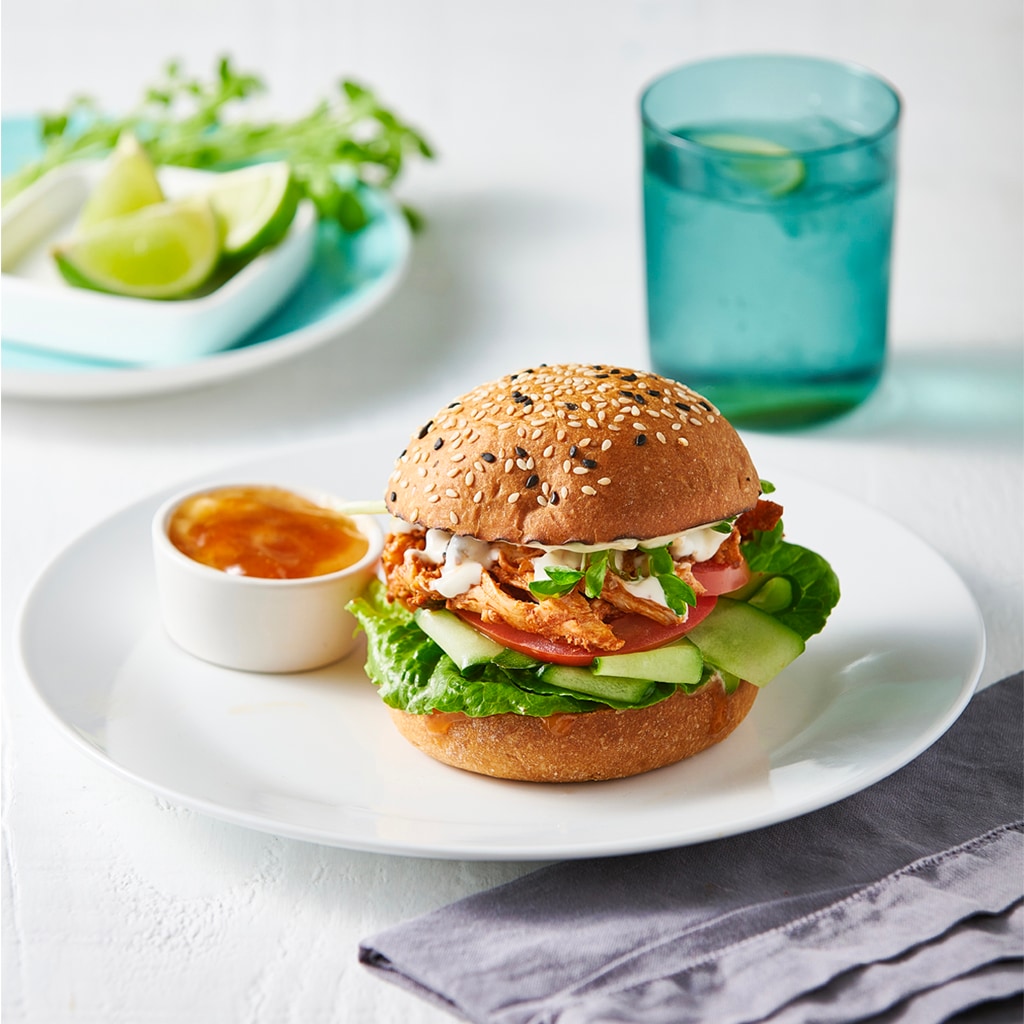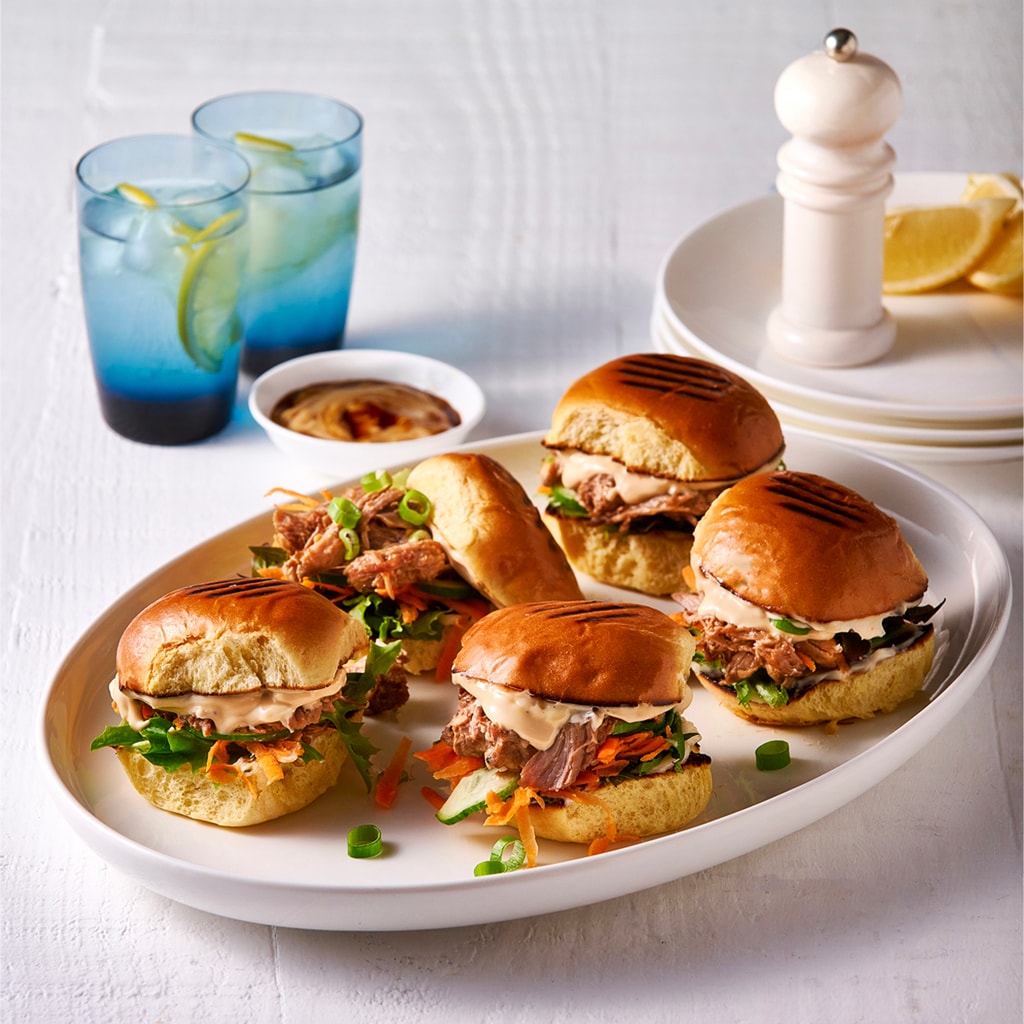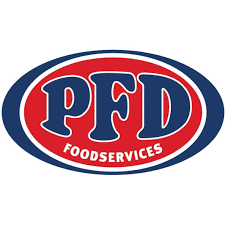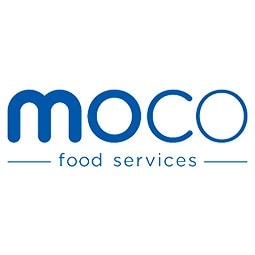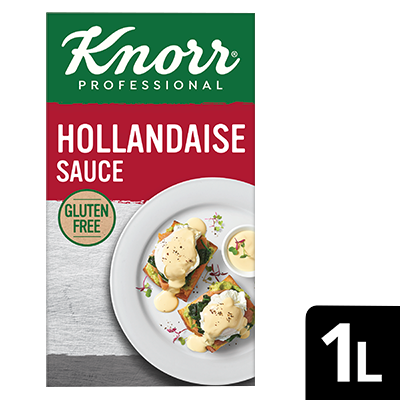IDDSI Resources
Find out more about Aged Care RE:FRESH
Top recipes
-
Potato, Leek and Bacon Soup -
Hungarian Cream of Mushroom Soup -
Greek Meatball Soup -
Asian Style Beef Broth -
Tortellini soup -
Cream of Mushroom Soup with Bacon Pangrattato -
Pulled Tandoori Chicken Sandwich -
Devilled Eggs -
Parmigiana Meat Balls in Pitta bread -
Sticky Asian Pulled Pork Sliders -
Spinach, Feta and Tomato Quiches -
Lamb Korma Sausage Rolls
Related Products
Log in or Create an account to access:
- Get access to this content
- Discover the latest culinary trends
- Explore and save your favourite recipes
- Watch free video training courses for chefs
Already have an account?
Log in here



























